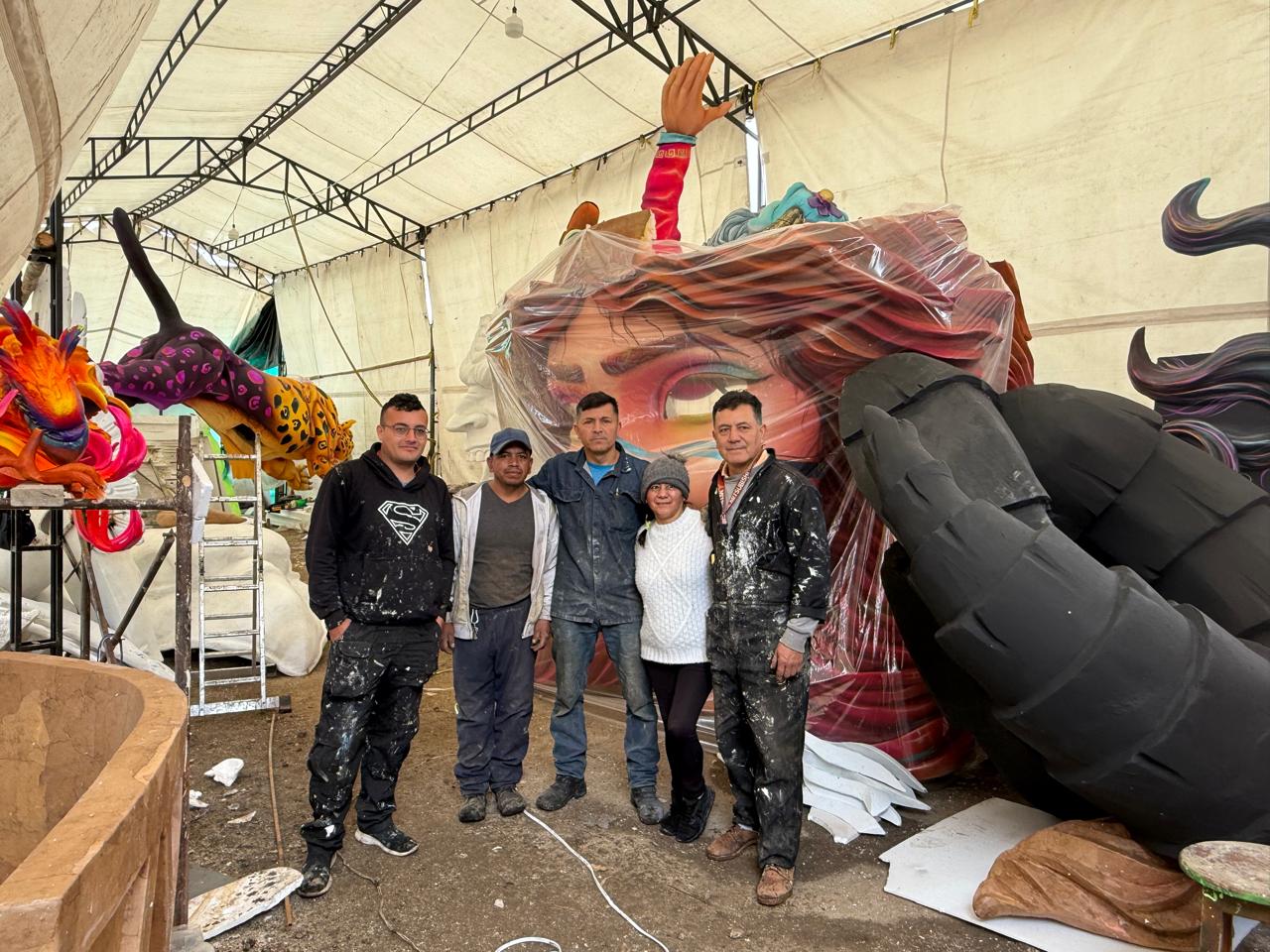
Arturo Schomburg's unknown black cookbook that inspired many others
The Puerto Rican, one of the great historians of African-American culture during the Harlem Renaissance, was a foodie.
Arthur Schomburg is remembered as one of the most important historians, scholars and essayists of the Harlem Renaissance — the black culture boom that peaked around 1920.
His life is exemplary for many intellectuals interested in the history of slavery and the West Indies, and the Schomburg Center for Research in Black Culture at the New York Public Library in Harlem is the most tangible evidence of his legacy.
Schomburg was born in San Juan, Puerto Rico, on January 24, 1874, and died in New York on June 10, 1938.
Legend has it, his fifth-grade teacher said something that marked his entire subsequent journey in life: that blacks had no history, no heroes, and no moments worth remembering. We don't know if the story is true, but we can say that Schomburg, born of to a black mother and German father, made sure that these three things did exist, becoming a hero himself, a historian, and maker of star moments.
What many did not know was that Arturo Schomburg, besides being an influential essayist and collector of slave memory objects, was a renowned gourmet cook and lover of good food. Eight years before he died, he began to write a treatise on black cuisine that was incomplete and unpublished in the center that today bears his name. This work, just begun, has inspired many other current books.
RELATED CONTENT
He moved to Harlem in 1891. In his new home, he made friends with the most outstanding leaders of the Antillean revolutions: José Martí and Antonio Maceo among them. Another famous friend of his was poet Nicolás Guillén.
His prestige in the city grew rapidly, and between 1899 and 1904 he served as a spokesman for the Puerto Rican minority. He is well remembered as the cultural manager in a sector in which he was a true pioneer. In 1930, he was appointed curator of the African-American collection at the Fisk University Library in Tennessee. He only held that position for two years, after which he returned to New York to take charge of his own private museum.
Until 1938, he was co-editor of the Journal of Negro History, and between 1904 and 1936, he published articles on Puerto Rico and its history. He was also obsessed with Cuba, Haiti and the Dominican Republic.
He was also the one who rediscovered black poetry from the time of slavery via Phyllis Wheatley, and prepared a renowned bibliography about it. It was undoubtedly the first dignified and exhaustive monograph on the subject: A bibliographical Checklist of American Negro Poetry.
His legacy is immense, as great as was his sense of collective dignity: he helped co-found the School of African and African American Studies, and his personal library was purchased for $10,000 for the New York Public Library.
Therefore, we can say that his work has not remained immobilized in an academic and lifeless environment, because, on the contrary, it is still very much alive in the culture of the city where he developed his concerns.











LEAVE A COMMENT: